Desirable Pecan Tree
- September 18, 2023
- 0 comment

- Common Name: Desirable Pecan Tree
- Botanical Name: Carya illinoinensis
- Family: Juglandaceae
- Plant Type: Deciduous Nut-bearing Tree
Lumber
The Desirable Pecan tree is renowned for its prized wood, used in crafting exquisite furniture, cabinetry, and flooring. Its lumber is a testament to both its economic and aesthetic value.
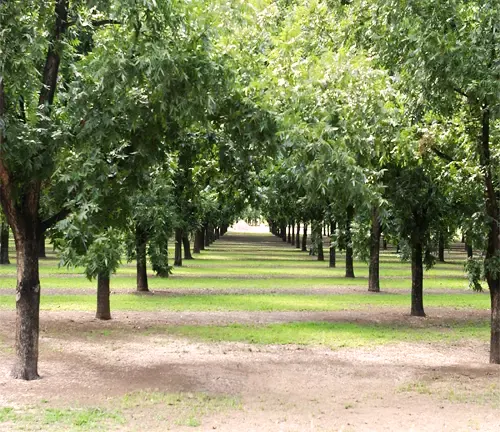
Mature Size and Growth Rate
The Desirable Pecan tree is a stately giant, eventually reaching heights between 70 to 100 feet, with a canopy spread of 40 to 75 feet. It boasts a moderate to fast growth rate, with an average increase of 13 to 24 inches in height per year.
Soil Type
Desirable Pecan trees display an extraordinary adaptability to different soil types, from sandy loam to clay, although they thrive best in well-draining soil enriched with organic matter. This adaptability makes them versatile choices for diverse landscapes, ensuring they can flourish in a wide range of soil conditions, provided good drainage is maintained. Their resilience in varying soil types is a testament to their hardiness and makes them accessible to a broader range of growers and gardeners.
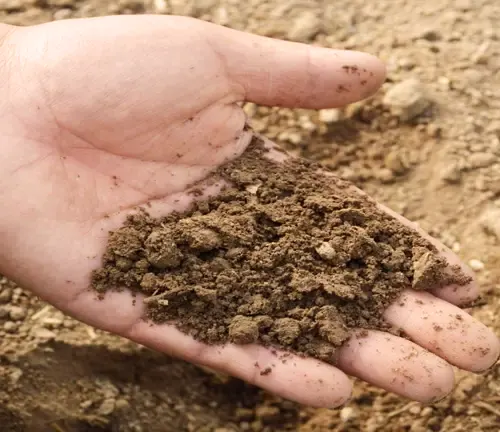
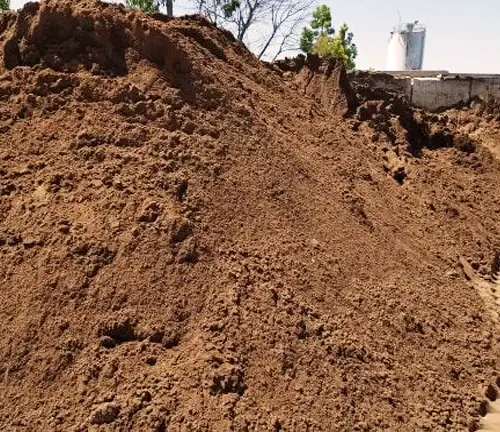
Soil Preferences
Desirable Pecan trees exhibit a preference for soil that falls within a slightly acidic to neutral pH range, typically ranging from 6.0 to 7.0. This specific pH range provides an optimal environment for nutrient absorption and root health, ensuring the tree’s overall vitality. Gardeners and growers aiming to cultivate these magnificent trees should consider soil testing and, if necessary, amend the pH levels to meet this preference, thus promoting robust growth and bountiful pecan production.
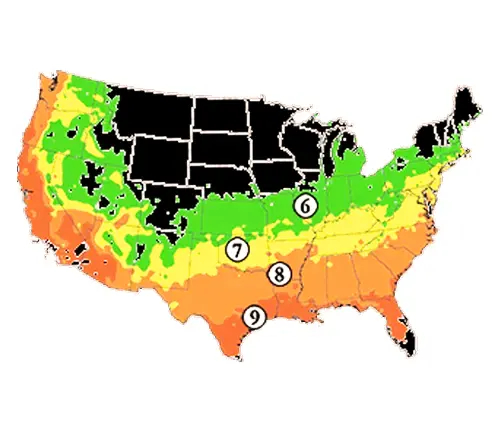
Hardiness Zones
They are well-suited for USDA hardiness zones 6 to 9, making them adaptable to a wide range of climates.
Sun Preference
Full sun is the ideal condition for Desirable Pecan trees, where they can bask in the sunlight for the majority of the day.

Attributes and Characteristics
The Desirable Pecan tree is celebrated for its striking beauty, featuring feathery, pinnately compound leaves that transition to a rich golden-yellow in the fall. Not only is it prized for its aesthetics, but it also produces an abundance of sweet and flavorful pecans, delighting nut enthusiasts. The bark of mature trees displays a rugged, deeply furrowed texture, adding to its visual appeal.
Wildlife Value
The Desirable Pecan tree is a boon for wildlife. Its nuts are a valuable food source for various animals, including squirrels, deer, and numerous bird species.
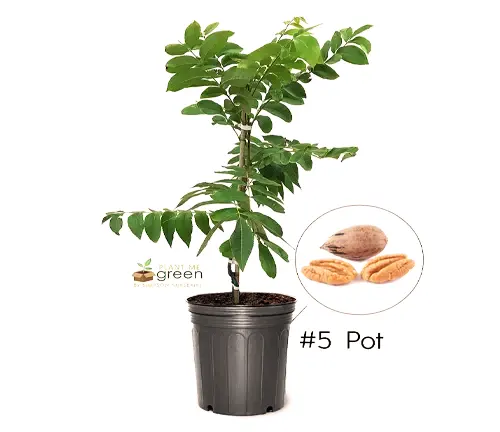
Care
Proper care for Desirable Pecan trees entails regular watering, particularly for young trees during dry periods, while mulching around the base aids in moisture retention and weed control. Pruning, ideally in late winter or early spring, is essential to shape the canopy and eliminate dead or diseased branches, ensuring the tree’s health and vitality.
Benefits
Desirable Pecan trees offer a multitude of benefits. They are prolific nut producers, yielding a bountiful harvest of delicious and nutritious pecans. Beyond their culinary value, these trees provide ample shade and ornamental beauty, enhancing parks, gardens, and residential landscapes. Pecans themselves are nutrient-rich, containing healthy fats, fiber, and antioxidants, making them a valuable addition to a health-conscious diet.
Invasive
Desirable Pecan trees are not invasive and pose no significant threat to native ecosystems.
Lifespan
When properly cared for, Desirable Pecan trees can live for over 100 years, providing generations with their delicious nuts and shade.
Disadvantage
While their nuts are sought after for their delectable taste, the trees can be a challenge to maintain due to their size and the effort required for harvesting and processing the nuts.
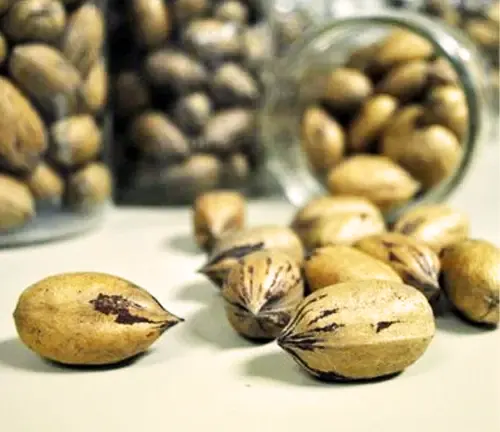
Edible or Not
Absolutely! The nuts produced by the Desirable Pecan tree are not only edible but highly sought after for their sweet and buttery flavor. They are used in a wide range of culinary delights, from pies and cookies to savory dishes.
Habitat Requirements
Desirable Pecan trees thrive in open areas with good air circulation, allowing their large canopies to spread and grow. They prefer well-draining soil to avoid waterlogged roots.
Name of Origin
The Desirable Pecan tree was developed in the United States, specifically in Louisiana, where it was bred for its excellent nut quality and resistance to diseases.
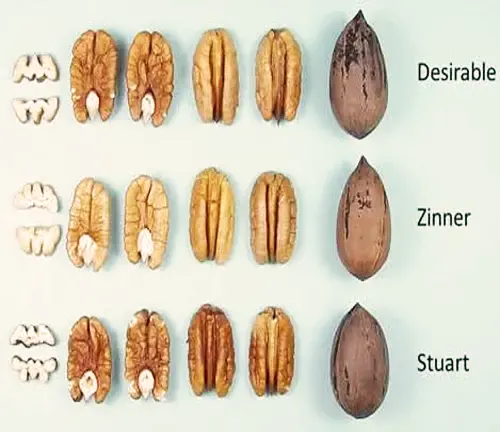
Varieties
There are several varieties of pecan trees, each with unique characteristics. In addition to the Desirable variety, you may also find others like Stuart, Elliot, and Pawnee.
Pruning
Pruning is essential for maintaining the health and shape of the tree. It is recommended to prune during the dormant season, removing dead or overcrowded branches to encourage better air circulation and light penetration.
Propagating
Desirable Pecan trees are typically propagated through grafting, although they can also be grown from seed. Grafting ensures that the new tree inherits the desirable characteristics of the parent tree.
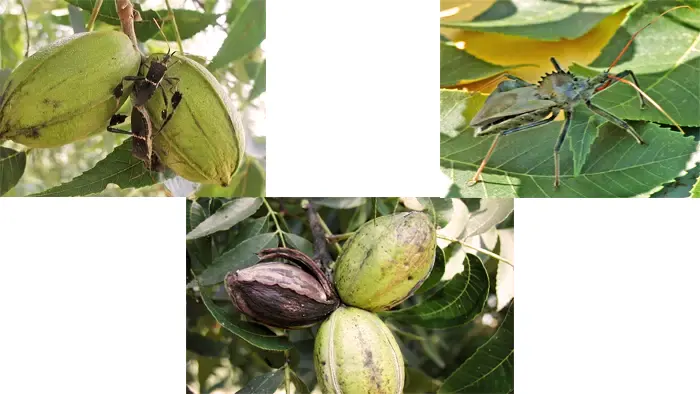
Common Pests & Diseases
These trees are susceptible to pests like pecan weevils, aphids, and pecan scab disease. Regular monitoring and appropriate treatments are necessary to keep them healthy.
Fun Facts
- Pecans are the only tree nuts native to North America.
- Pecan wood is highly valued for smoking meats due to its mild and sweet aroma.
- The word “pecan” is of Algonquian origin and means “a nut requiring a stone to crack.”
Discover the difference today and explore our range of Forestry Services – don’t miss out on the opportunity to elevate your experience!
FAQs
- How long does it take for a Desirable Pecan tree to start producing nuts?
It typically takes 6 to 10 years for a Desirable Pecan tree to start producing a significant crop of nuts. - What is the best time to harvest pecans?
Pecans are usually harvested in the fall, between September and November, depending on the region. - Do Desirable Pecan trees require cross-pollination?
While they are partially self-pollinating, it is beneficial to have multiple pecan trees for cross-pollination, which can improve nut production. - How do I protect my pecan tree from pests and diseases?
Regular monitoring, proper pruning, and the use of pesticides when necessary can help protect your tree from common pecan pests and diseases. Consult with a local arborist or agricultural extension office for specific recommendations based on your location.
In conclusion, the Desirable Pecan tree stands as a testament to the beauty and bounty of nature. With its striking appearance, prolific nut production, and adaptability to various soils, it holds a special place in the hearts of gardeners, nut enthusiasts, and those seeking both ornamental value and delicious harvests. Whether you plant it for its shade, its sumptuous pecans, or simply for its natural elegance, the Desirable Pecan tree adds a touch of grandeur to any landscape, while also offering a delectable reward for those who nurture it. Its enduring presence and enduring benefits make it a cherished member of the arboreal world, a reminder of the wonders that nature bestows upon us.


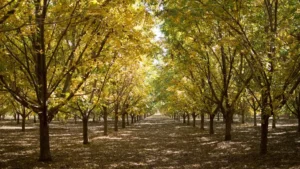
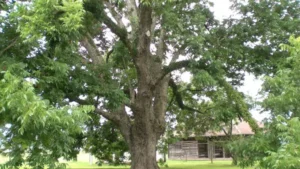
Leave your comment